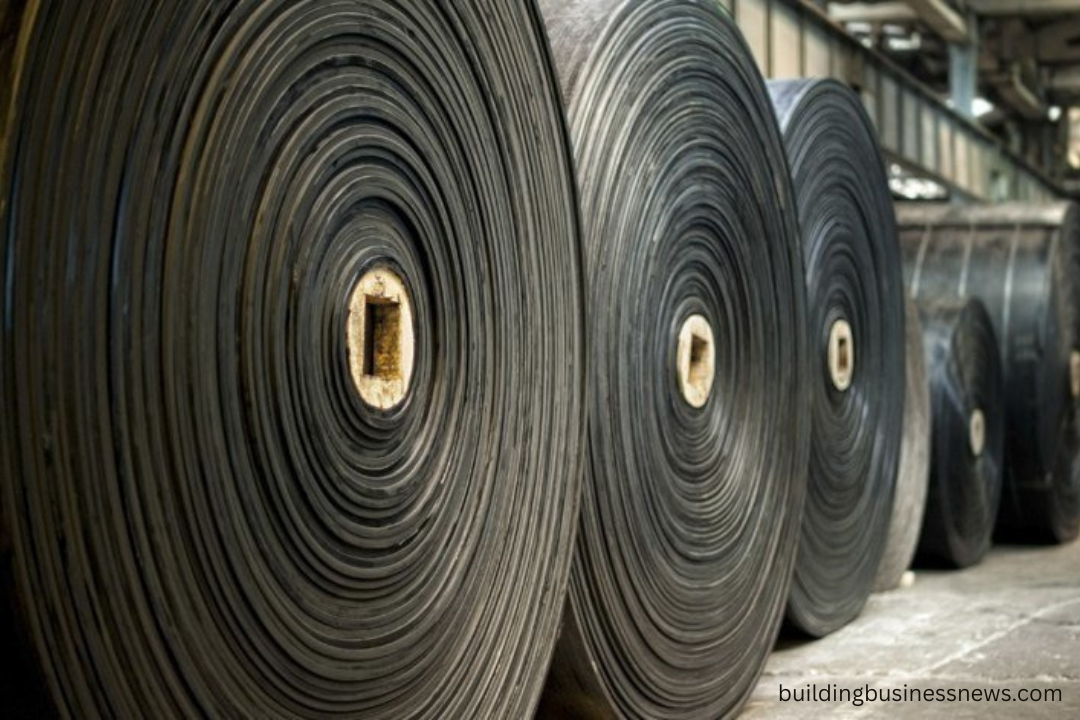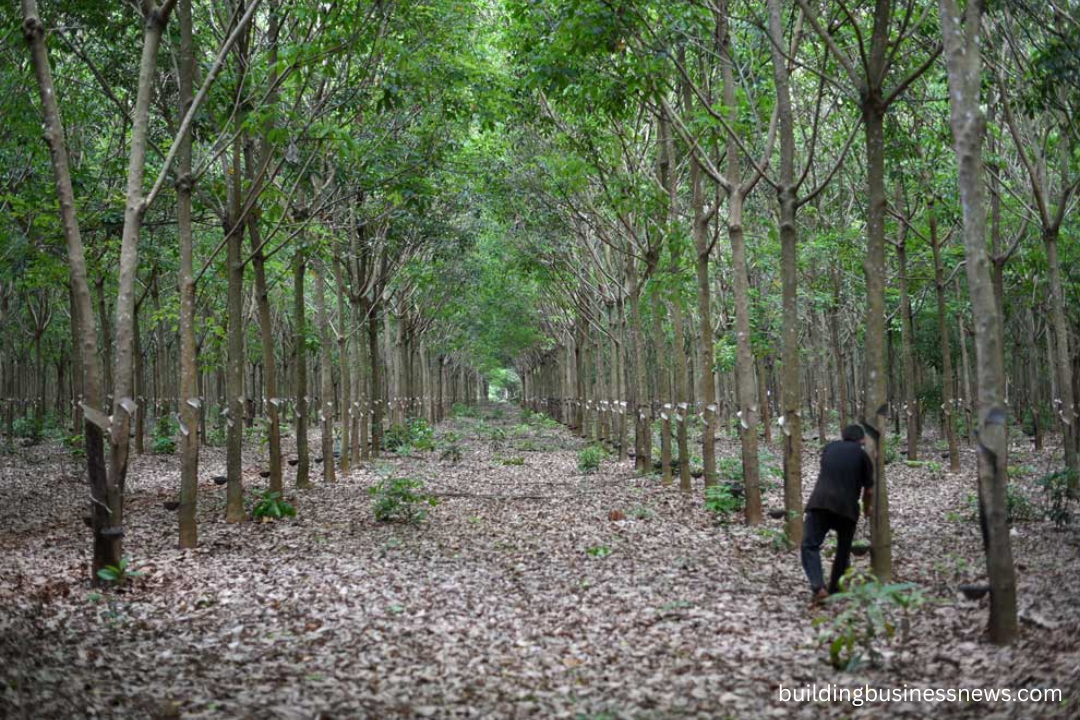Cambodia is taking a significant step toward industrial diversification by tapping into the global latex glove market. This move is expected to energize the country’s growing Rubber Industry, turning it into a value-added export sector rather than just a supplier of raw materials. With global demand for latex gloves surging—driven by healthcare needs and hygiene awareness—Cambodia aims to become a competitive player in the market.
Strategic Investment in Latex Glove Production
In recent years, the Cambodian government has prioritized transforming its Rubber Industry by encouraging downstream processing. Establishing local production facilities for latex gloves is a pivotal part of this strategy. By converting locally harvested latex into finished medical-grade products, the country is enhancing the value of its rubber exports and generating employment opportunities.
This shift not only boosts domestic manufacturing but also reduces dependence on raw rubber exports, which are vulnerable to price volatility in international markets.
Value Addition Fuels Growth in Rubber Industry
The introduction of latex glove manufacturing plants in Cambodia marks a significant evolution in the country’s rubber industry. Traditionally, the industry has relied heavily on exporting raw latex to countries such as China and Vietnam. However, with new investments and supportive government policies, the country is building capacity to produce high-value rubber products domestically.
This transformation is expected to increase export revenues, attract foreign investment, and enhance Cambodia’s industrial base.
Cambodia’s Competitive Advantage in the Latex Glove Sector
Cambodia’s geographic position and access to Southeast Asian trade routes make it a strategic location for the production of latex gloves. Additionally, the country has a growing rubber plantation base, providing an abundant and cost-effective supply of natural latex. These factors enhance the competitiveness of Cambodia’s Rubber Industry in the regional and global marketplace.
Labor availability, relatively low production costs, and favorable trade agreements such as the Regional Comprehensive Economic Partnership (RCEP) also support the sector’s development.
Government Support Drives Industry Transformation
The Cambodian government has introduced several initiatives to support the development of the Rubber Industry, including tax incentives, infrastructure development, and facilitation of foreign investment. These efforts aim to shift the industry from relying on raw materials to manufacturing finished products.
Agencies such as the Ministry of Commerce and the Ministry of Industry, Science, Technology, and Innovation are collaborating closely with private investors to accelerate the implementation of latex glove production facilities nationwide.
Economic Impact of Expanding Rubber Industry
The shift toward value-added rubber products is expected to have a substantial economic impact. As Cambodia strengthens its Rubber Industry, it creates new employment opportunities, especially in rural areas where rubber plantations are concentrated.
Increased processing and manufacturing within the country will also lead to the development of supporting industries such as logistics, packaging, and quality control laboratories, further boosting economic activity.
Global Latex Glove Demand Offers Long-Term Opportunities
The global market for latex gloves is continuing to grow, driven by the expansion of healthcare sectors, stricter hygiene protocols, and increased awareness following the COVID-19 pandemic. This provides a long-term opportunity for Cambodia’s Rubber Industry to become a significant supplier of medical gloves and similar products.
With demand expected to remain high across North America, Europe, and Asia, Cambodia’s entry into this market positions it for sustained export growth.
Sustainability and Ethical Production Practices
Sustainability is a key concern in the Rubber Industry, and Cambodia is taking steps to ensure ethical and eco-friendly practices. New glove production facilities are being encouraged to adopt environmentally responsible processes, such as water recycling, reduced chemical usage, and carbon footprint management.
Fair labor practices and worker safety standards are also being integrated to ensure that the industry’s expansion aligns with international expectations for ethical manufacturing.
Challenges and Solutions in Industry Development
While the growth potential is significant, Cambodia’s Rubber Industry faces challenges such as the need for technical expertise, regulatory compliance for export markets, and initial capital investment. However, partnerships with international firms are helping bridge these gaps.
Training programs, joint ventures, and technology transfers are essential components of the industry’s long-term development strategy.
Export Market Outlook for Cambodian Rubber Products
Cambodia’s exports of latex gloves and other rubber-based products are expected to rise significantly in the next five years. With its manufacturing capabilities expanding, the Rubber Industry is likely to tap into high-demand markets, such as the United States, the European Union, and neighboring ASEAN countries.
To ensure compliance with international standards, the government is working on aligning domestic manufacturing practices with ISO certifications and global quality benchmarks.
Building a Resilient Rubber Supply Chain

Strengthening the rubber supply chain is critical for the continued success of Cambodia’s latex glove initiative. Efforts are underway to modernize rubber harvesting, improve supply chain transparency, and reduce post-harvest losses.
With better storage, processing, and transport systems, the Rubber Industry can ensure consistent quality and reliability in product output, which is essential for securing long-term contracts with international buyers.
Opportunities for Local Entrepreneurs and SMEs
The shift toward value-added rubber production is also opening doors for local entrepreneurs and small to medium-sized enterprises (SMEs). Businesses involved in packaging, logistics, maintenance, and auxiliary services can now benefit from the growing needs of the Rubber Industry.
Training and capacity-building programs are being implemented to help Cambodian SMEs adapt to the evolving industrial landscape and participate in this promising value chain.
Strategic Vision for the Future of Cambodia’s Rubber Sector
Cambodia’s long-term vision for the Rubber Industry includes becoming a regional hub for value-added rubber products, not just latex gloves. Plans are in place to expand into rubber automotive parts, adhesives, and construction materials over time.
This strategy will reduce Cambodia’s dependency on raw commodity exports and position the country as a diversified and resilient exporter of rubber products in Asia and beyond.
Frequently Asked Questions (FAQ’s)
What is driving the growth of Cambodia’s rubber industry?
The growth is fueled by increased global demand for latex gloves, government support, and a strategic shift from exporting raw materials to producing value-added rubber products.
Why is latex glove production necessary for Cambodia?
Latex glove production enhances the value of Cambodia’s rubber resources, boosts export earnings, and creates jobs, thereby helping to diversify and strengthen the national economy.
How does latex glove manufacturing impact the rubber industry?
It transforms the rubber industry by encouraging downstream processing, reducing reliance on raw exports, and increasing the industry’s resilience and profitability.
What support is the Cambodian government providing?
The government offers tax incentives, investment facilitation, infrastructure improvements, and policy support to encourage the development of local rubber-based manufacturing.
Are Cambodia’s latex gloves compliant with international standards?
Yes, manufacturers are working to meet global certifications and ISO standards to ensure quality, safety, and market competitiveness in international trade.
What are the environmental implications of expanding the rubber industry?
Efforts are being made to ensure sustainability through responsible sourcing, water recycling, reduced chemical use, and adherence to ethical labor practices.
Who benefits from the growth of the rubber industry?
Farmers, factory workers, small and medium-sized enterprises (SMEs), and entrepreneurs benefit through job creation, new business opportunities, and improved value chains within the industry.
What is the future outlook for Cambodia’s rubber industry?
The outlook is positive, with expansion into various value-added products beyond gloves, increased export potential, and stronger integration into global markets.
Conclusion
Cambodia’s foray into latex glove manufacturing represents a transformative chapter in the evolution of its Rubber Industry. By leveraging its natural resources, strategic location, and supportive policy environment, the country is well-positioned to become a leader in the global rubber value chain. As investments continue and infrastructure improves, the Cambodian rubber industry is expected to deliver significant economic, social, and environmental benefits in the years ahead.

